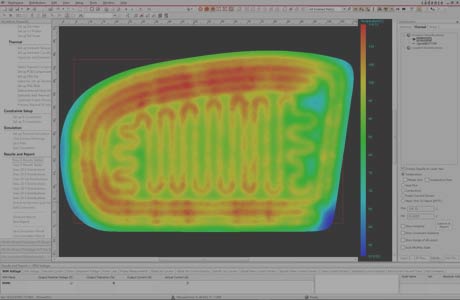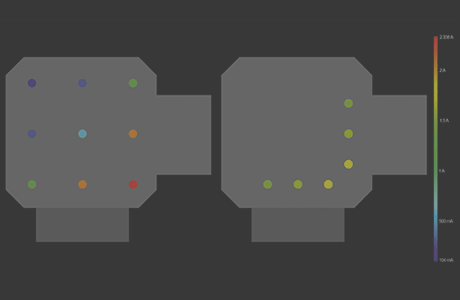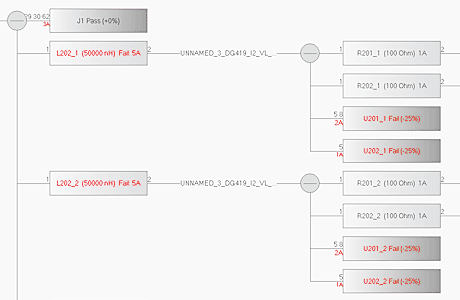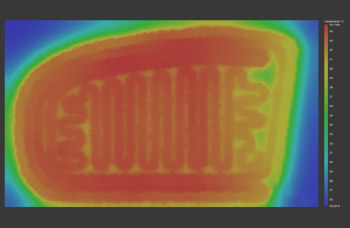Celsius PowerDC

Celsius PowerDC is a simulation tool for PCBs and IC packages to perform fast and accurate DC analysis along with thermal analysis that also supports electrical and thermal co-simulation. Celsius PowerDC enables you to quickly identify IR drop, current density, and thermal issues that are among the leading field failure risks. Powerful features, including sense line location optimization and simplified design-rule checker (DRC) confirmation, work in concert with the fastest available simulation to support design improvements without excess cost and schedule impacts. To simulate a PCB layout no models are required and first results are visible after a short setup and simulation time. Celsius PowerDC imports IPC-2581, ODB++ or directly imports .brd files from OrCAD and Allegro PCB Editor.




